The amendment and supplementation of the Law on CGCN aims to institutionalize the Party's policies and guidelines and implement the National Assembly's Resolution in recent documents, including Resolution No. 57-NQ/TW dated December 22, 2024 of the Politburo on breakthroughs in science, technology, innovation and digital transformation (S&T); Resolution No. 68-NQ/TW dated May 4, 2025 of the Politburo on private economic development; Resolution No. 66-NQ/TW dated April 30, 2025 of the Politburo on innovation in law-making and enforcement to meet the requirements of national development in the new era.

The trends of CGCN in the world raise many issues requiring amendments and supplements to the Law on CGCN. Illustrative photo.
Creating a legal corridor for technology transfer activities
The Law on Technology Transfer 2017 has created a legal corridor for domestic technology transfer activities, technology transfer from foreign countries to Vietnam and technology transfer from Vietnam to foreign countries.
However, after nearly a decade of implementation, the Law on Technology Transfer has revealed limitations and inadequacies (the regulated technology subjects do not cover new technologies; financial, legal and institutional policies for the transferor and recipient of technology transfer are not comprehensive; there is a lack of policies to encourage and support endogenous technology transfer; the science and technology market is weak; state management of technology transfer is not effective...). These limitations have made the Law unable to keep up with the rapid development of science, technology and innovation in the world; and have not met the requirements set out in the context of the country making breakthroughs in the development of science, technology, innovation and digital transformation.
In addition, the trends of technology transfer in the world pose many issues that require amendments and supplements to the Law on Technology Transfer to keep up with reality and international integration. Some prominent trends are: Technology transfer is based on intellectual property, intangible technology, so the Law on Technology Transfer needs to be amended to expand the scope and subjects of technology transfer; Promoting innovation and endogenous technology transfer: not only technology transfer from abroad but also from research institutes, universities, enterprises, the trend of forming "spin-off" enterprises, increasing capital contribution activities using technology; Globalizing technology transfer is associated with strict control of technology security through the legal framework, needing to classify and control sensitive technology transfer; Forming a transparent and professional science and technology market. In the world, technology transfer is no longer a single transaction but a technology package, through the trading floor. Many new tools are applied such as technology ranking, intellectual property valuation, patent auction, technology licensing...; Combining technology transfer with venture capital, financializing technology assets, considering technology and intellectual property as collateral for loans; New generation technology transfer associated with data flow management, software, cross-border technology transfer, contactless technology transfer, technology security, investment control, using big data and artificial intelligence to automate the technology transfer process.
Continue to improve the legal framework and facilitate technology flows.
The Party and State have set a growth target of 8% or more by 2025 and a "double-digit" growth rate in the 2026-2030 period, aiming to bring our country to the upper middle-income group by 2030 and to the high-income group by 2045. Economic growth must be associated with sustainable development, digital economy, green transformation, and circular economy.
To meet that requirement, amending and supplementing the Law on Technology Transfer is necessary to complete the legal framework, promote effective and synchronous technology transfer activities, in line with practical requirements and global trends. The amended law will aim to increase decentralization, simplify administrative procedures, and improve information and statistics on technology transfer to serve state management.
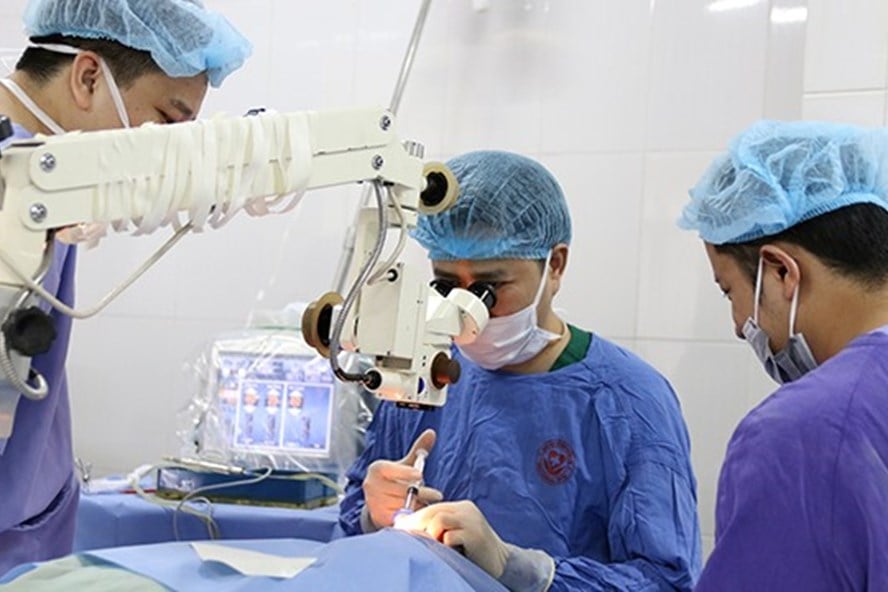
The amendment also aims to promote innovation and endogenous technology transfer. Illustrative photo.
The amendment also aims to promote innovation and internal technology transfer, and facilitate the flow of technology between domestic enterprises, organizations and individuals, and between higher education institutions, research institutions and enterprises, organizations and individuals. At the same time, develop an efficient, transparent and professional science and technology market, creating a favorable environment for technology and intellectual property transactions, contributing to improving productivity, quality and competitiveness of the economy.
The Law amending and supplementing a number of articles of the Law on Technology Transfer is built on the viewpoint of promptly institutionalizing the Party and State's viewpoints and innovation guidelines on science, technology development, innovation and digital transformation; considering enterprises as the center of technology application, transfer and innovation, promoting the development of the domestic science and technology market; preventing the import of outdated technology, absorbing and mastering the world's advanced technology suitable to Vietnam's conditions.
Along with that, continue to promote and inherit the progressive contents of the 2017 Law on Technology Transfer, identify and select the real problems in practice that are "ripe" and clear to promptly resolve, creating maximum convenience for technology transfer activities in the country and from abroad to Vietnam to improve the national technology level, the technology absorption capacity of enterprises, serving fast and sustainable growth. Innovate the thinking and methods of state management of technology transfer activities in accordance with the new context to ensure effective technology control along with minimizing administrative procedures for enterprises; ensure the feasibility, synchronization and unity of the legal system.
During the process of drafting the Law, the Ministry of Science and Technology has studied and absorbed the opinions of Government leaders, ministries, branches, localities, organizations and individuals. The Ministry has studied, reviewed and adjusted the proposed amendments and supplements compared to the proposed contents in Submission No. 700/TTr-CP of the Government on the proposal to add the draft Law amending and supplementing a number of articles of the Law on Technology Transfer to the 2025 Legislative Program of the National Assembly at the request of the Standing Committee of the National Assembly in Resolution No. 97/2025/UBTVQH15.
On September 8, 2025, at the Government meeting on law-making in September 2025 (First session), the Government commented on the dossier of the draft Law amending and supplementing a number of articles of the Law on Technology Transfer. The Ministry of Science and Technology has received, explained, and revised and completed the dossier according to the opinions of the Government members and according to the requirements stated in Resolution No. 278/NQ-CP of the Government dated September 13, 2025 on the Special Session on Law-making in September 2025 (First session). In Resolution No. 278/NQ-CP, the Government also assigned the Ministry of Science and Technology to complete the dossier of the Law Project, assigned the Minister of Science and Technology, authorized by the Prime Minister, to sign on behalf of the Government the Submission to the National Assembly for consideration, comment and approval of this Law project at the 10th Session of the 15th National Assembly (October 2025).
The amendment and supplement of the Law on Technology Transfer is an important step to perfect the institution, create a favorable legal corridor for innovation, develop the science and technology market, contribute to unlocking technology resources, promote rapid and sustainable growth. The new law is expected to help Vietnam proactively integrate and master advanced technology, making science, technology, innovation and digital transformation truly become the driving force for national development in the digital age.
Source: https://mst.gov.vn/sua-doi-luat-chuyen-giao-cong-nghe-dap-ung-yeu-cau-phat-trien-trong-boi-canh-moi-197251104123206197.htm





![[Photo] Opening of the 14th Conference of the 13th Party Central Committee](https://vphoto.vietnam.vn/thumb/1200x675/vietnam/resource/IMAGE/2025/11/05/1762310995216_a5-bnd-5742-5255-jpg.webp)
















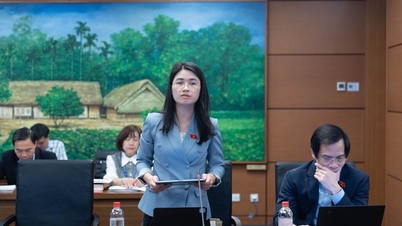
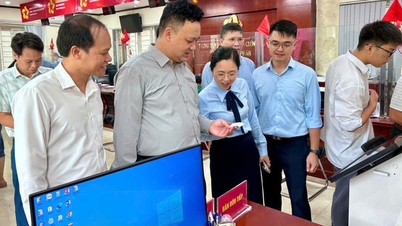



![[Photo] Panorama of the Patriotic Emulation Congress of Nhan Dan Newspaper for the period 2025-2030](https://vphoto.vietnam.vn/thumb/1200x675/vietnam/resource/IMAGE/2025/11/04/1762252775462_ndo_br_dhthiduayeuncbaond-6125-jpg.webp)






































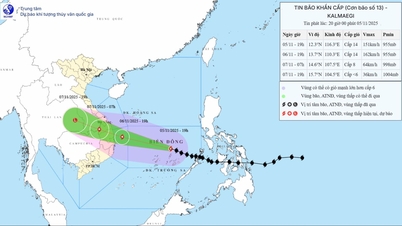

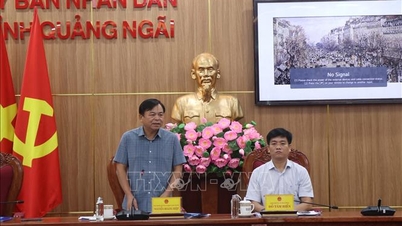




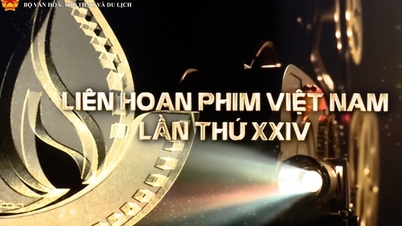

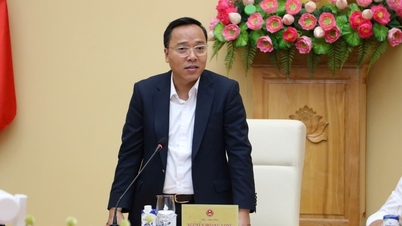

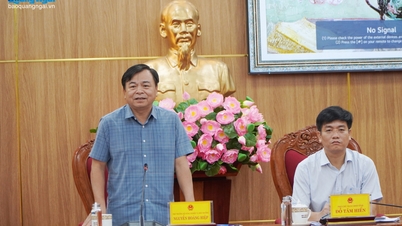





















Comment (0)